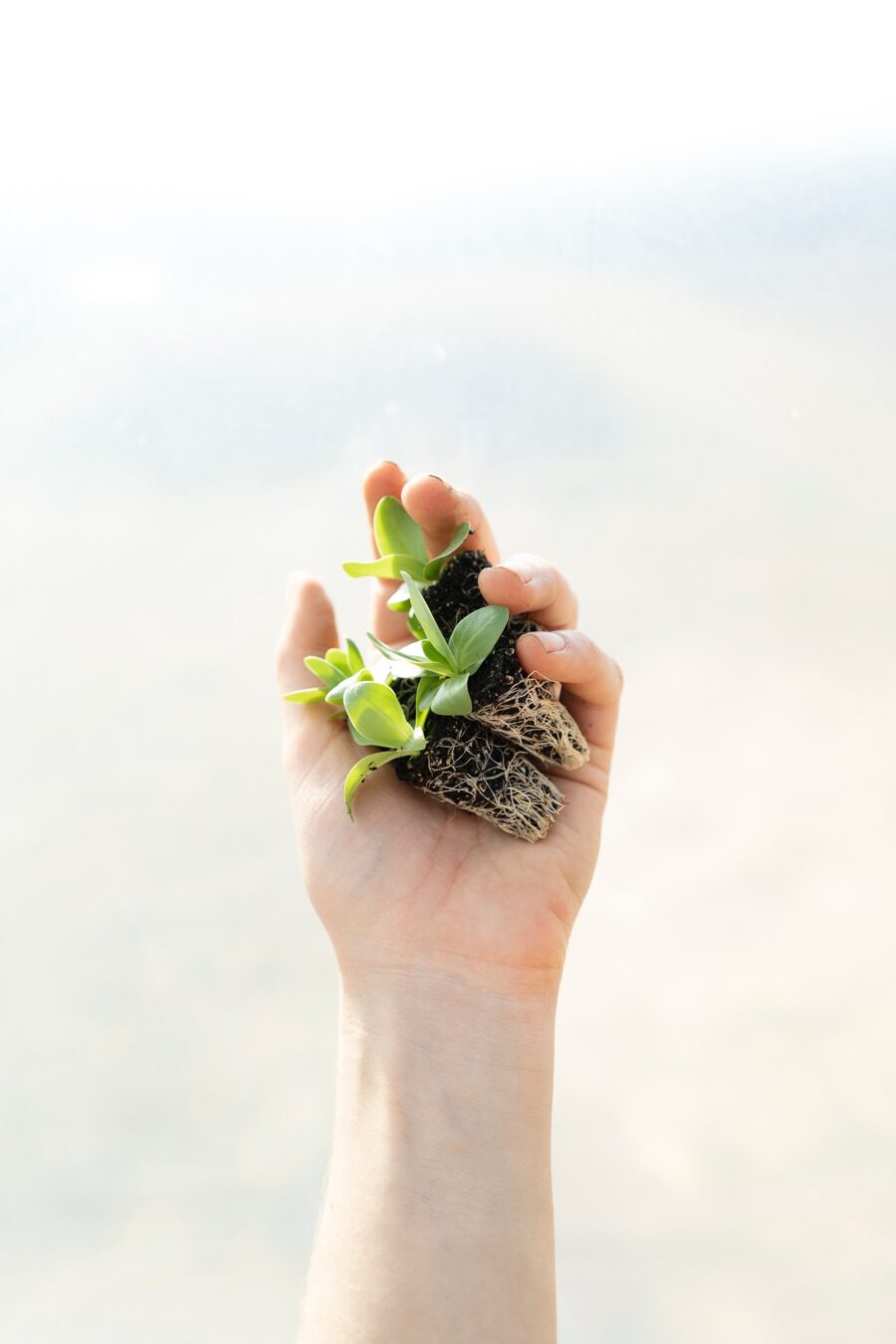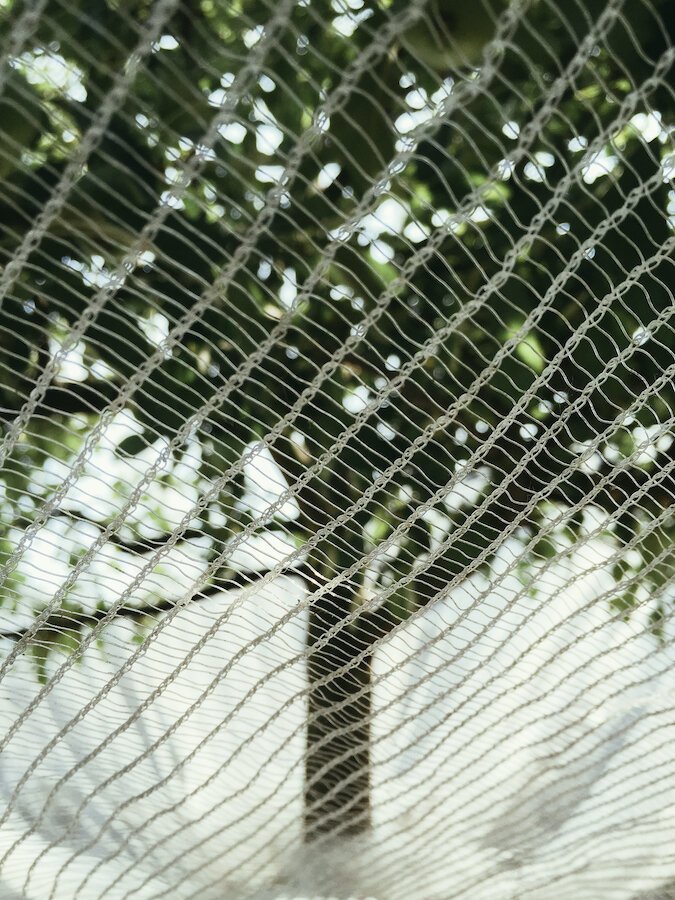
What Is Permaculture?
A Need For Better Land Management
In 2014, a senior UN official announced that chemical-heavy farming techniques and modern agriculture practices are leading to extreme soil degradation. “Generating three centimeters of top soil takes 1,000 years, and if current rates of degradation continue, all of the world’s top soil could be gone within 60 years,” the official said.
Modern industrial agriculture is characterized by monoculture or monocropping, the dedication of a large swath of land to the cultivation of a single crop—like corn or wheat. The crop is continuously grown on the same land, and while it can be profitable to farmers, it can also negatively impact the environment.
“If current rates of degradation continue, all of the world’s top soil could be gone within 60 years.”
Monoculture practices deplete organic matter in the soil, which reduces water retention and diminishes key nutrients. This combination of no consistent soil turnover after each growing season and a lack of crop diversity in the plot can cause soil erosion, among other things. To solve the problem, farmers then rely on chemical fertilizers and additional water irrigation to ensure crop yield during the next growing season.
But as monoculture crops are more vulnerable to pests, additional fertilizers and pesticides are needed to protect and manage their health—and this can create toxic wastewater that pollutes drinking streams and harms aquatic wildlife.
Finally, these modern, industrial farming techniques are a major contributor to global warming, contributing “about 25 to 30 percent to global greenhouse gas emissions, further accelerating climate change,” according to the Center For Ecoliteracy.
All this to say, the future of agriculture isn’t looking too bright for people or the planet. A shift away from industrial agriculture may be needed to reduce the environmental impact that our food system has on the earth. Thankfully, there is a sustainable solution.
Permaculture As A Solution
Permaculture, at its core, is sustainable agriculture. It also includes 12 design principles that expand beyond farming and offer an ecological approach to modern living and communities—for example, energy conservation and zero waste living. But the philosophy is ultimately rooted in better land management.
The contemporary permaculture movement was co-founded in the ‘70s by the late Bill Mollison, an Australian ecologist and researcher (though Indigenous people have been practicing sustainable land management for centuries; more on that below). “Much of what [Mollison] espoused was based on his great respect for the wisdom of subsistence farmers around the world, who have long used sustainable methods to grow their crops,” writes Matt Dunwell in The Guardian. “In agricultural terms, this means planting diverse sets of crops, using perennial species to form productive stable systems, and ensuring the conditions for soils to be regenerated.”
“Permaculture prioritizes biodiversity, environmental preservation, and soil regeneration while also cultivating crops for community consumption.”
Permaculture prioritizes biodiversity, environmental preservation, and soil regeneration while also cultivating crops for community consumption. The practice can improve soil health and sustain ample crop yields within the same plot indefinitely.
This means farmers observe and respond to their unique, local ecosystem by mimicking observed natural patterns for food production. They can then implement numerous strategies (e.g., intercropping, agroforestry, and water management) to grow essential foods and materials while improving land health. These techniques eliminate the need for aggressive irrigation, pesticide application, and deforestation.
Permaculture is most successful when practiced by decentralized, small-scale operations—the smaller scale helps maximize diversity with more intensive intercropping to produce a higher crop yield. Permaculture also thrives when its three core ethics are upheld:
Earth Care—which maintains the focus on healthy soil and facilitating an ecosystem where biodiversity thrives.
People Care—this includes sustainably meeting needs for the individual, family, and greater community without producing more waste or harming the environment.
Fair Shares—when successful, permaculture benefits all people who are a part of the community and meets everyone’s needs equally.
Indigenous Land Practices & The Importance Of Food Sovereignty
Global Indigenous populations have been practicing sustainable agriculture and land management for thousands of years before Mollison’s work and the appropriation of Indigenous wisdom. These groups are still the leaders of land stewardship today.
“Indigenous people tangibly shape their environment to serve their need for a reliable source of nourishment and preserve their local ecosystems.”
Indigenous people tangibly shape their environment to serve their need for a reliable source of nourishment and preserve their local ecosystems. The most referenced example in the United States is that of the Three Sisters, a variety of beans, squash, and corn intercropped by tribes across the continent. This farming facilitates better crop yield and promotes healthier soil.
We must also not forget that permaculture is first and foremost a crucial pillar of food sovereignty, which is “the right of peoples to healthy and culturally appropriate food produced through ecologically sound and sustainable methods, and their right to define their own food and agriculture systems,” according to the U.S. Food Sovereignty Alliance.
It’s a larger part of allowing folks, especially Indigenous communities, to reclaim their agency in the food system and implement sustainable, local food production practices. If small farmers could work with the community to provide sufficient quantities of nutritious food, global agriculture systems might even be able to shift away from industrial models. It could even help with food deserts.
Ways To Practice Permaculture In Our Communities
Permaculture asks us to reimagine our relationship to the environment. In the sustainability space, there’s a lot of conversation about reducing or eliminating our environmental footprint. However, permaculture reveals that a sustainable future exists when we reconfigure our impact into something restorative rather than simply aiming for anything less destructive.
“A sustainable future exists when we reconfigure our impact into something restorative rather than simply aiming for anything less destructive.”
Here are a few actions we can take to integrate permaculture into our lives and communities:
Appreciate and acknowledge the original land stewards. May we recognize that permaculture was and always will be an Indigenous practice, especially in North America. We must work diligently to ensure that our actions center those whose knowledge this belongs to and who are actively working to achieve food sovereignty in their communities.
One of the best ways to support and appreciate permaculture (rather than appropriate) is to advocate for Indigenous groups to get their land back. For more information and actionable steps, consider following @indigenousrising, @indigenousclimateaction, @sogoreatelandgtrust, @thisiszerohour, and @defendthesacredak.Support local farms or gardens that practice permaculture. Research if there are any community gardens or local farms that are already using permaculture to grow food and nourish your community. Your support could come in the form of donations, time in the garden, political advocacy, or even subscribing to a CSA box if your local farm offers that service. The Sarvodaya Institute is a wonderful example of an LA-based garden engaging in this type of practice.
Start your own permaculture garden. A great way to practice permaculture is to start a garden. Besides growing food for yourself, you can share the harvest with your neighbors or your local community fridge to help others who may not readily have access to nutritious foods.
Zach Thomas (he/they) is a Boston-based writer, stylist, and photographer who focuses on sustainability and environmentalism. When they’re not creating, you can find them scouring their local vintage/thrift shops. You can connect with him on Instagram.



